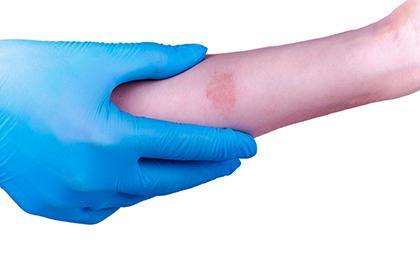Browse some of the recent articles published in medical journals authored by our own physicians. CUTIS Acrokeratoelastoidosis and Knuckle Pads Coexisting in a Child, co-authored by Christian Oram, D.O. WILY ONLINE LIBRARY Multinucleate cell angiohistiocytoma: Case report and literature review, co-authored by Kelly Quinn, D.O. CUTIS Merkel Cell Carcinoma: A Review, co-authored by Christian Oram, D.O.










